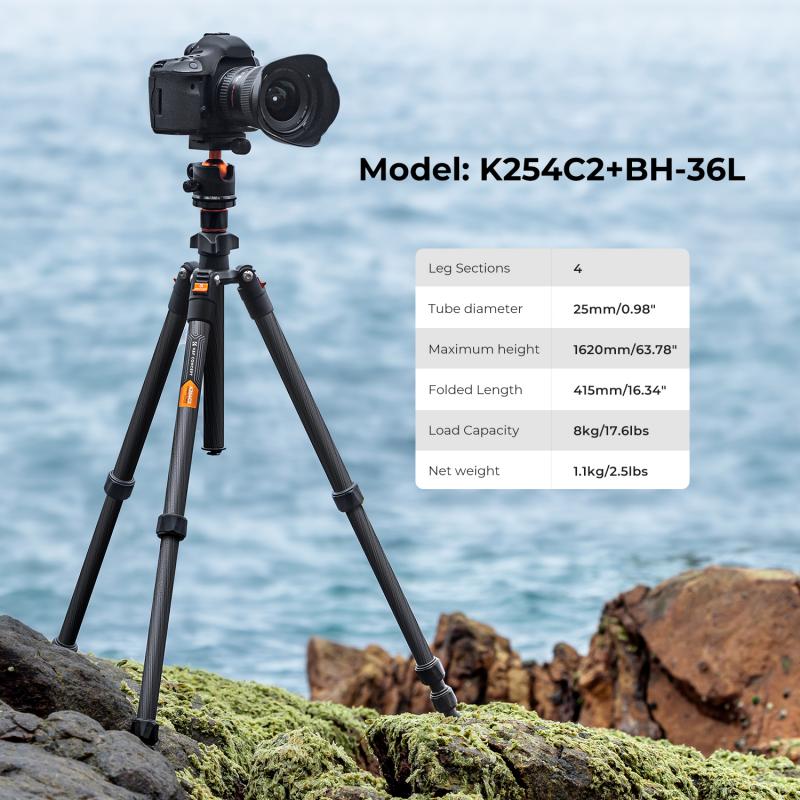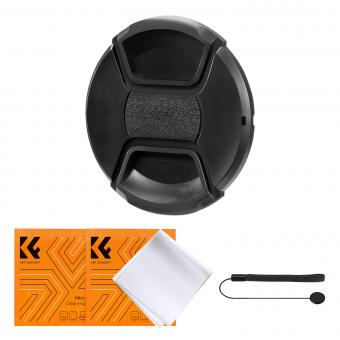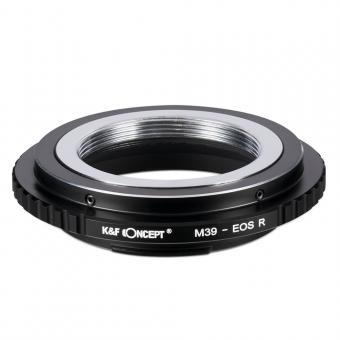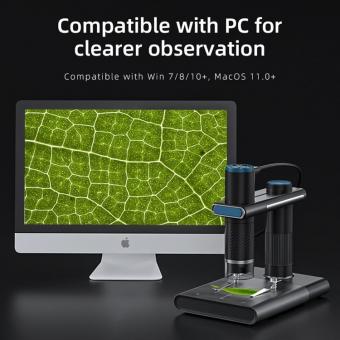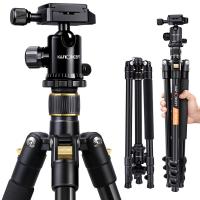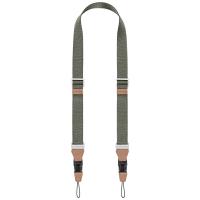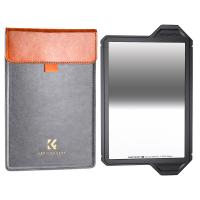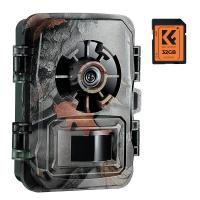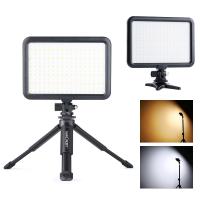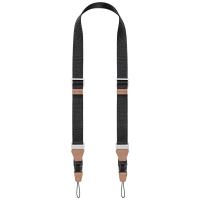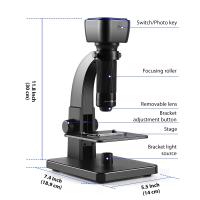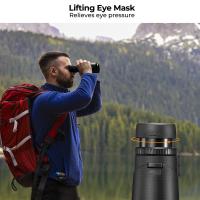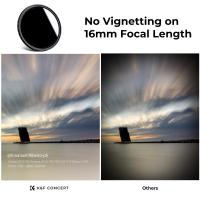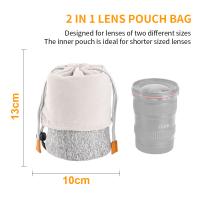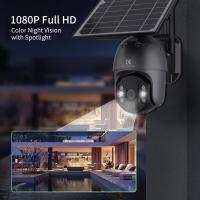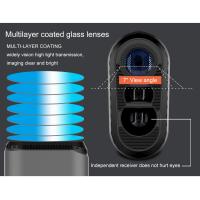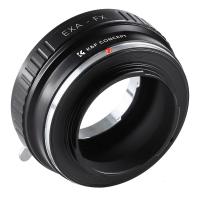How To Hide From Surveillance Cameras ?
Hiding from surveillance cameras can be challenging, but there are a few strategies you can consider. First, you can try to stay out of the camera's field of view by positioning yourself behind objects or structures that block the camera's line of sight. Additionally, wearing clothing that blends in with the surroundings or using disguises can help to make it more difficult for cameras to identify you. Another option is to use technology such as face masks or reflective materials that can interfere with the camera's ability to capture your image. However, it is important to note that intentionally hiding from surveillance cameras may be illegal in certain situations or jurisdictions.
1、 Camouflage techniques for avoiding detection by surveillance cameras.
Camouflage techniques for avoiding detection by surveillance cameras have become increasingly relevant in today's digital age. With the proliferation of surveillance systems in public spaces, concerns about privacy and personal security have grown. While it is important to note that intentionally hiding from surveillance cameras for illegal activities is not condoned, there are legitimate reasons why individuals may want to protect their privacy.
One effective method to hide from surveillance cameras is to utilize clothing and accessories that blend in with the surroundings. Wearing neutral colors and avoiding patterns or distinctive clothing items can help to minimize visibility. Additionally, using accessories like hats, scarves, or sunglasses can partially obscure the face and make it more difficult for cameras to capture clear images.
Another technique is to strategically position oneself in areas with limited camera coverage. Surveillance cameras typically have blind spots or areas where their field of view is obstructed. By being aware of these blind spots and positioning oneself accordingly, it is possible to minimize the chances of being captured on camera.
Advancements in technology have also led to the development of anti-surveillance clothing and accessories. These products incorporate materials that reflect or absorb infrared light, making it harder for thermal cameras to detect individuals. Some examples include anti-thermal hoodies or scarves that can help to obscure body heat signatures.
It is important to note that while these techniques may help to reduce the chances of being detected by surveillance cameras, they are not foolproof. Surveillance technology continues to evolve, and new methods of detection are constantly being developed. Therefore, it is crucial to stay informed about the latest advancements in surveillance technology and adapt camouflage techniques accordingly.
Ultimately, the decision to hide from surveillance cameras should be made with careful consideration of the legal and ethical implications. Privacy concerns are valid, but it is essential to strike a balance between personal privacy and societal security.

2、 Utilizing physical barriers to obstruct surveillance camera views.
Utilizing physical barriers to obstruct surveillance camera views is one way to hide from surveillance cameras. This method involves strategically placing objects or structures in the line of sight of the cameras to block their view. By doing so, individuals can minimize the chances of being captured on camera and maintain their privacy.
There are several physical barriers that can be used to obstruct surveillance camera views. For instance, tall plants or trees can be strategically planted to create a natural barrier. These can be placed near windows or entrances to block the camera's line of sight. Additionally, using umbrellas, awnings, or canopies can also help to obstruct the view of surveillance cameras.
Another effective method is to use reflective materials or coatings on windows or other surfaces. These materials can reflect the camera's infrared light, making it difficult for the camera to capture clear images. Additionally, using anti-glare films or curtains can also help to obscure the camera's view.
It is important to note that while physical barriers can be effective in obstructing surveillance camera views, they may not provide complete protection. Surveillance technology is constantly evolving, and newer cameras may have advanced features that can overcome these barriers. Therefore, it is crucial to stay informed about the latest developments in surveillance technology and adapt accordingly.
In conclusion, utilizing physical barriers to obstruct surveillance camera views can be an effective way to hide from surveillance cameras. However, it is important to remember that this method may not provide foolproof protection, and individuals should stay informed about the latest advancements in surveillance technology to ensure their privacy.
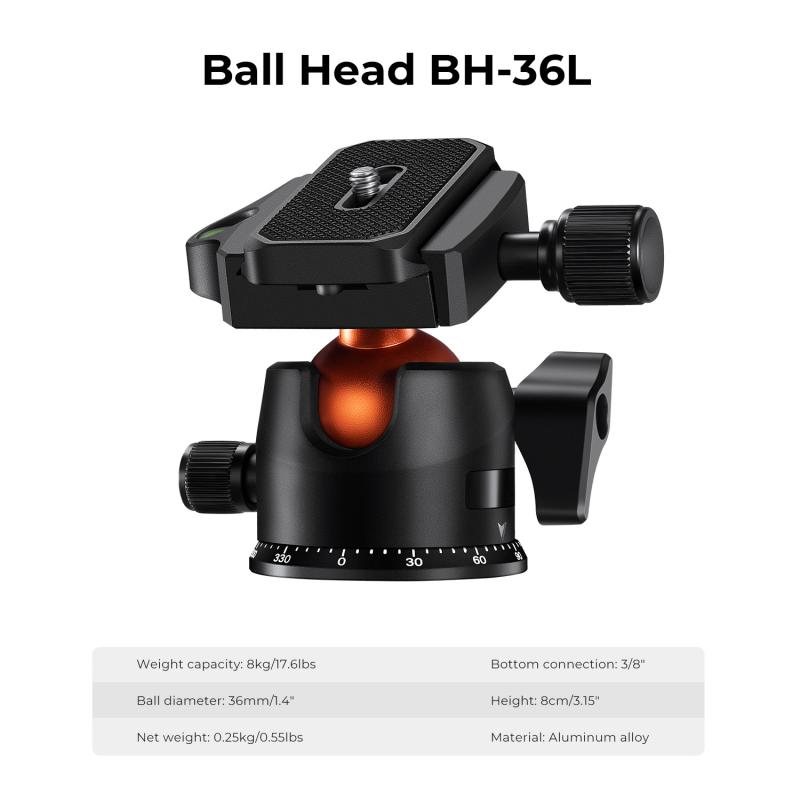
3、 Understanding blind spots and exploiting them to avoid detection.
Understanding blind spots and exploiting them to avoid detection is a more effective approach than trying to hide from surveillance cameras altogether. With the increasing prevalence of surveillance cameras in public spaces, it is becoming more challenging to maintain privacy. However, by understanding the limitations of these cameras and utilizing blind spots, individuals can minimize their chances of being detected.
Blind spots refer to areas that surveillance cameras cannot effectively monitor. These spots can be created by strategically positioning oneself behind objects such as trees, poles, or other structures that obstruct the camera's view. By identifying blind spots in the camera's field of vision, individuals can move through these areas undetected.
It is important to note that the latest advancements in surveillance technology, such as 360-degree cameras and artificial intelligence, have reduced the number of blind spots. These cameras can capture a wider range of angles and employ algorithms to track individuals even when they move behind objects. However, blind spots still exist, and understanding the limitations of these advanced systems can help individuals exploit them effectively.
Additionally, wearing clothing that blends in with the surroundings can help individuals go unnoticed. Choosing colors and patterns that match the environment can make it harder for surveillance cameras to distinguish individuals from their surroundings.
While it is impossible to completely hide from surveillance cameras in today's technologically advanced world, understanding blind spots and exploiting them can significantly reduce the chances of being detected. It is crucial to stay informed about the latest developments in surveillance technology and adapt strategies accordingly to maintain privacy in public spaces.
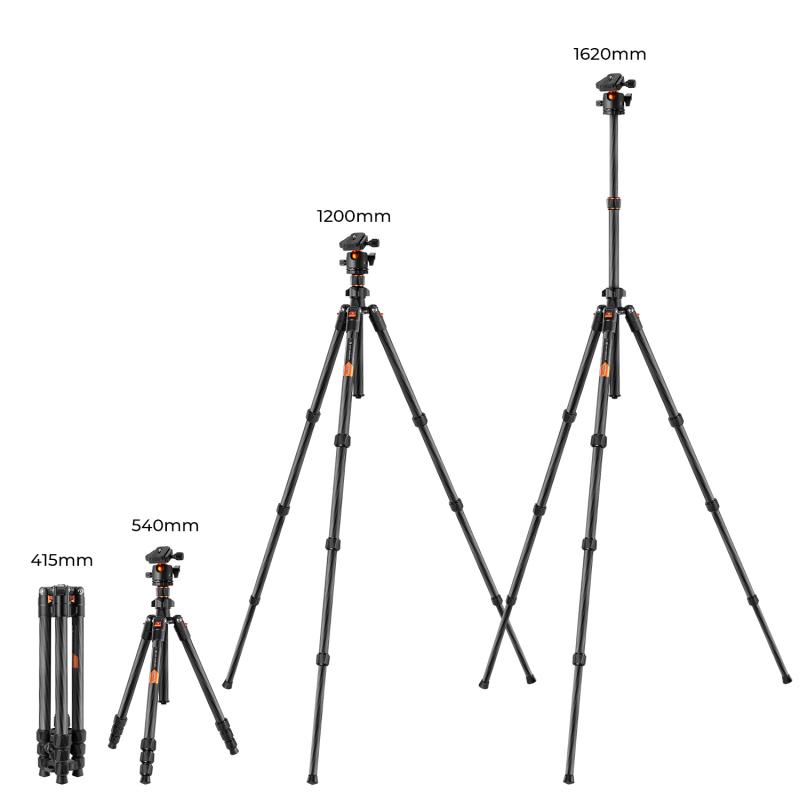
4、 Implementing advanced technology to counter surveillance camera systems.
Implementing advanced technology to counter surveillance camera systems is a more effective approach than trying to hide from them. With the rapid advancements in technology, it has become increasingly difficult to completely hide from surveillance cameras. Instead, individuals and organizations can focus on implementing measures to counter these systems.
One way to counter surveillance cameras is by using advanced facial recognition technology. This technology can detect and identify faces in real-time, allowing individuals to be alerted when they are being monitored. Additionally, there are tools available that can distort or manipulate facial features, making it difficult for cameras to accurately capture and identify individuals.
Another approach is the use of infrared lights or lasers to disrupt the camera's ability to capture clear images. These lights emit a wavelength that is invisible to the human eye but can interfere with the camera's sensors, rendering the footage useless.
Furthermore, the development of anti-surveillance clothing and accessories has gained popularity. These items are designed to block or distort the camera's view, making it difficult for them to capture clear images. For example, there are clothing items with built-in infrared LEDs that can confuse the camera's sensors.
It is important to note that while these technologies can help counter surveillance cameras, they may not be foolproof. Surveillance systems are constantly evolving, and new technologies are being developed to overcome these countermeasures. Therefore, it is crucial to stay updated with the latest advancements in both surveillance and counter-surveillance technologies.
In conclusion, instead of trying to hide from surveillance cameras, implementing advanced technology to counter these systems is a more effective approach. By utilizing facial recognition technology, infrared lights, anti-surveillance clothing, and staying informed about the latest advancements, individuals and organizations can better protect their privacy in an increasingly monitored world.
